If you live in a crowded area, you might have noticed times when your WiFi suddenly slows down or drops off out of nowhere. These performance issues can happen when too many of your neighbors are connecting to the same WiFi channel, which can interfere with your WiFi signal. Here’s everything you need to know about WiFi channels and how to change channels on your router to speed up your WiFi network.
What Is a WiFi Channel?
WiFi routers use radio waves to transmit data to all your connected devices. These radio waves are divided into different “WiFi spectrum bands,” which are then divided into “WiFi channels.” Basically, a WiFi channel represents the frequency your router uses to transmit data.
If you think of WiFi bands like highways, then WiFi channels would be like lanes on those highways. In order to achieve the best internet speeds, you want to connect to the fastest WiFi band and the least-crowded WiFi channel.

Before you change your WiFi channel, you should make sure you’re connected to the best WiFi band. There are currently three different WiFi bands available to choose from:
- 2.4GHz = Slowest speeds, longest range
- 5GHz = Faster speeds, lower range
- 6GHz = Fastest speeds, shortest range
If you have a dual-band or tri-band router, you might be able to change your WiFi band simply by switching to a different WiFi network. Usually, you can just look for networks with names that end in “5G,” 6G,” or “6E” to get the fastest speeds. On the other hand, networks that end in “2G” are typically slower.
Read More: What is a dual-band router?
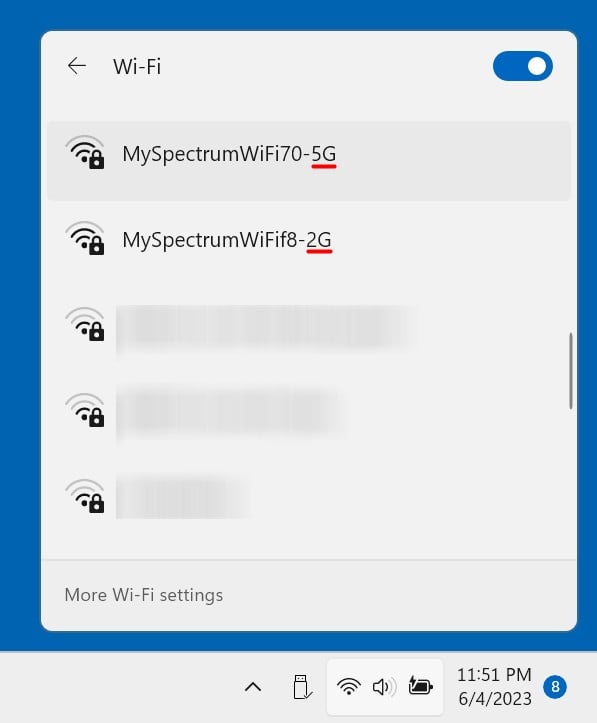
After you connect to a WiFi band, you’ll want to change your WiFi channel. It’s important to do this because many routers will automatically connect to the same WiFi channel as other routers by default. So, if you don’t change it manually, your router might be using the same channel as all your neighbors, which could cause a traffic jam that will slow your WiFi down.
If you don’t want to deal with the hassle of changing your WiFi channel, HelloTech can help. We have thousands of technicians across the country who can come to your home and troubleshoot your WiFi issues in person.
How to Change Your WiFi Channel
To change your WiFi channel, type your router’s IP address into the address bar of a web browser and hit Enter on your keyboard. Then go to Wireless Settings, choose your WiFi band, and select the channel you want to use from the drop-down menu. Finally, click Save or Apply.
- Open a web browser and type your router’s IP address into the address bar. You can use any web browser you want, like Google Chrome, Safari, or Microsoft Edge. If you don’t know what your router’s IP address is, check out our step-by-step guide on how to find your router’s IP address on a Windows or Mac computer.
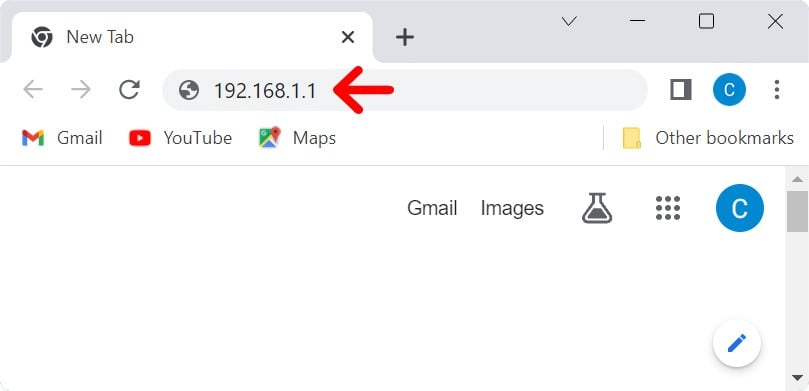
- Then hit Enter on your keyboard.
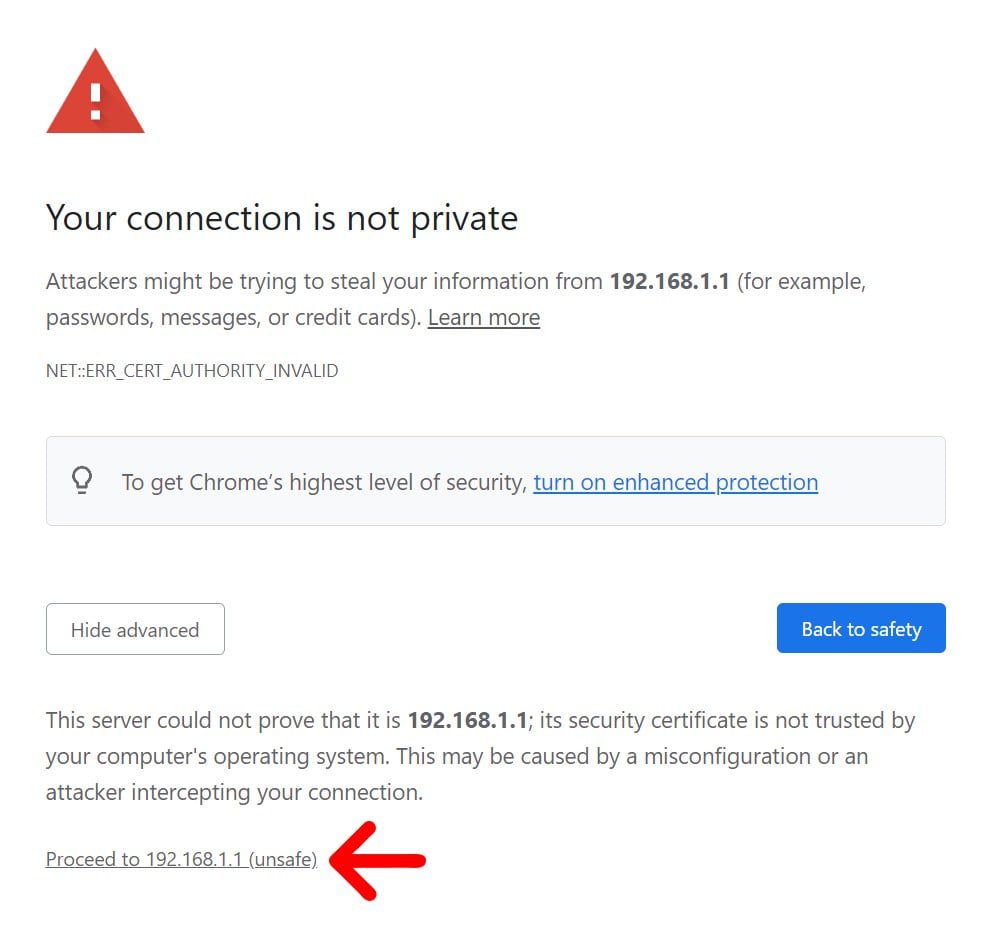
- Next, enter your router’s username and password. This is not the same as your WiFi network’s name and password. If you don’t know your WiFi router’s login credentials, check out our step-by-step guide on how to find your router’s username and password here.
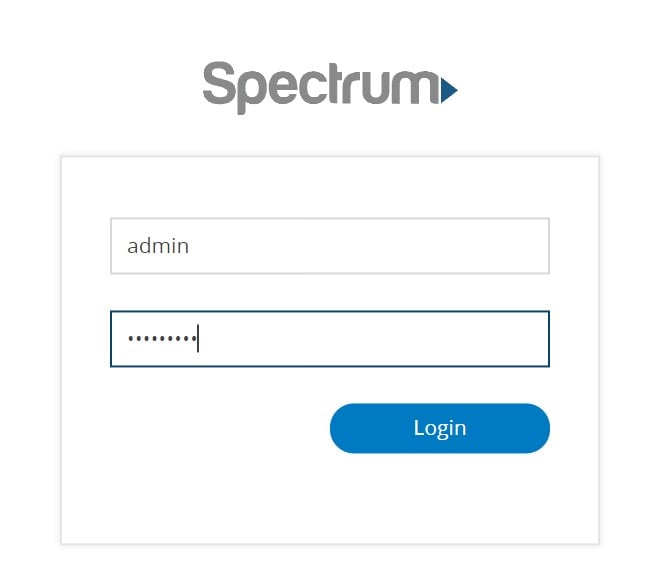
- Then open Wireless Settings in your router. The exact name and location of this option will depend on your router. In many cases, you’ll have to select Advanced Settings first.
- Next, choose your WiFi frequency band.
- Then click Channels to change your WiFi channel.
- Finally, make sure to hit Save or Apply.
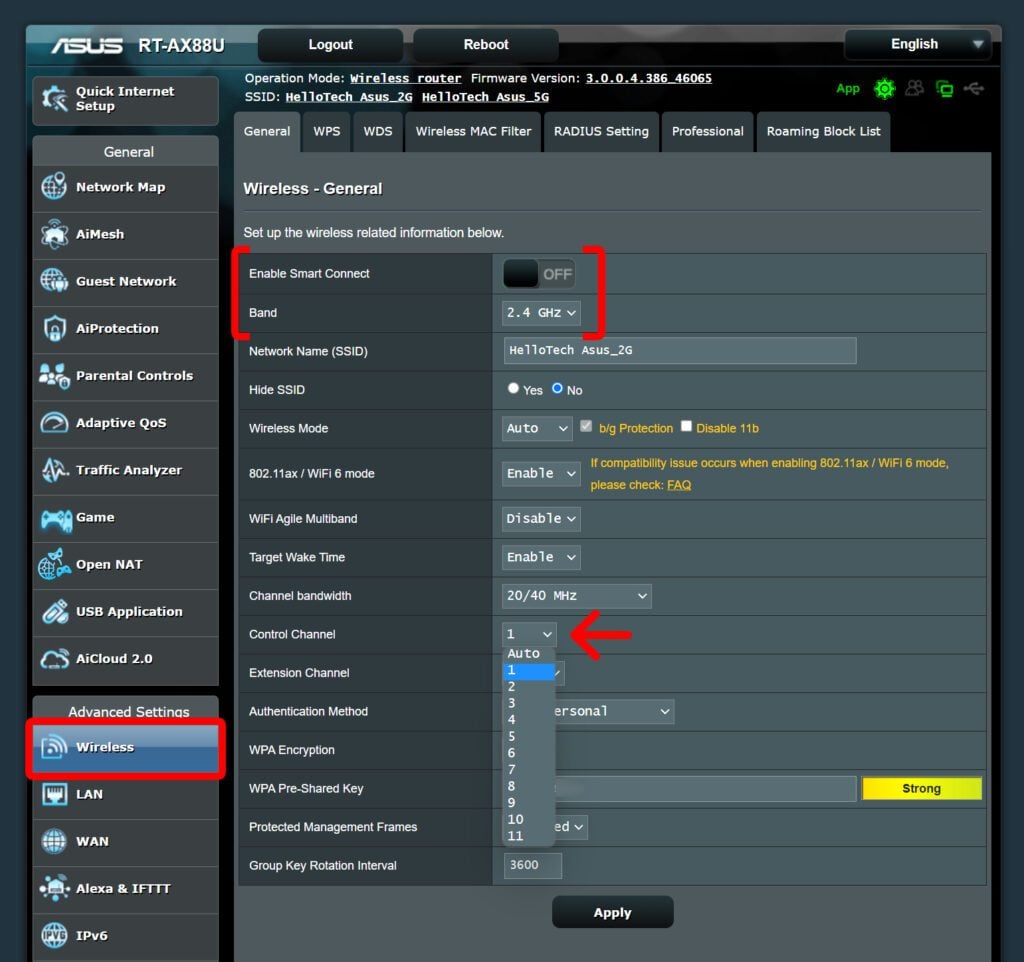
Now that you know how to change your WiFi channel, here’s a quick overview of the best ones to choose from.
Best Channels for 2.4GHz
There are a total of 11 WiFi channels you can connect to on the 2.4GHz band, but you should only connect to channels 1, 6, or 11. While all 11 channels are 22MHz wide, they are only separated by 5MHz from each other, so there are only three channels that don’t overlap.
Basically, the lanes on the 2.4GHz highway are too close to each other. So, if you choose any channel that isn’t 1, 6, or 11, you’ll be splitting between two lanes. This means your WiFi signal will experience interference from both sides, which can slow your network down significantly.
